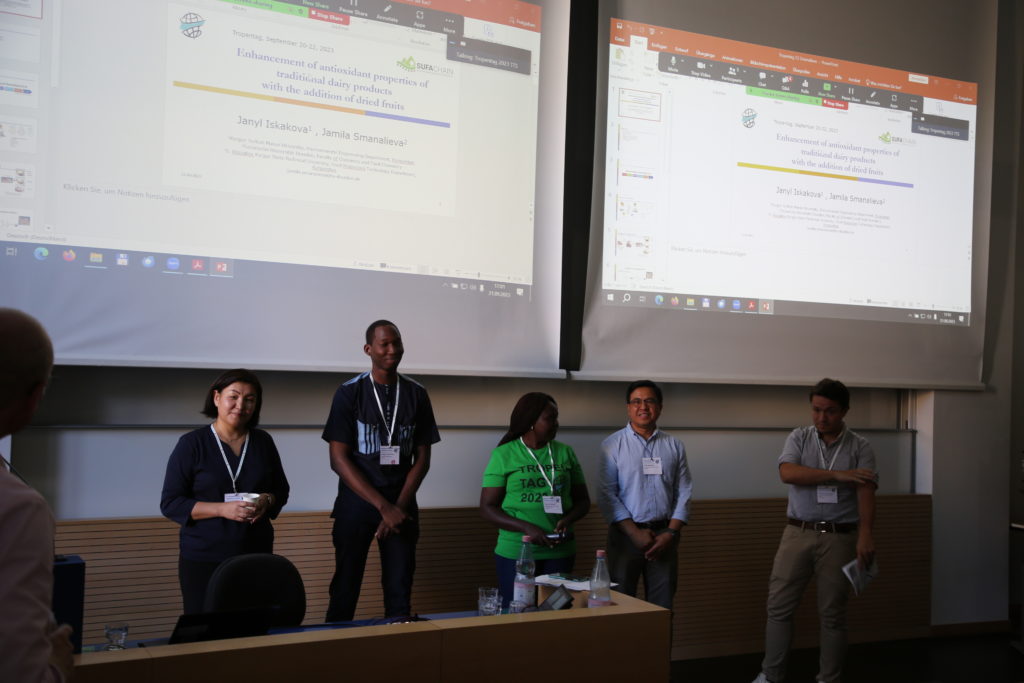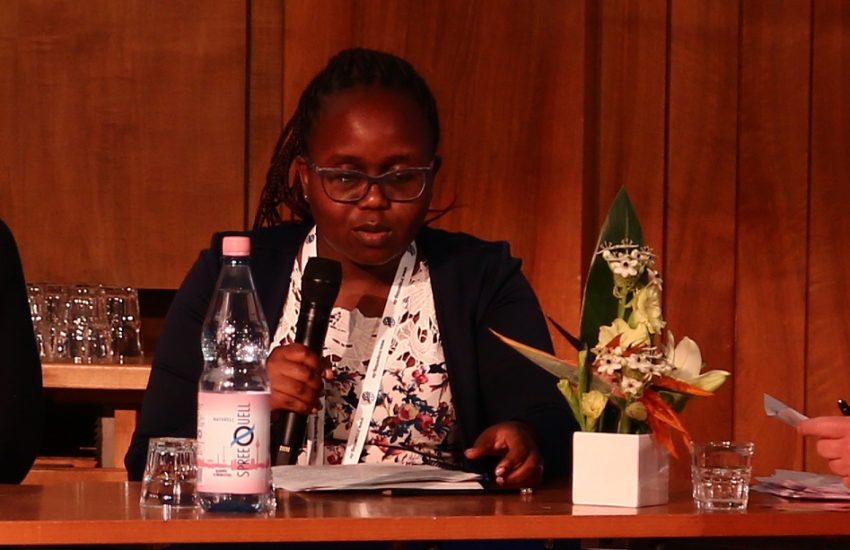Bugs on the Rice: Eavesdropping on Insects Using Science
In the context of rice, post-harvest losses can be staggering, reaching as high as 30%. Among these losses, insect damage in storage bins accounts for a significant portion; at most 10%. To effectively fight these pests, storage facility managers need to first identify the types of insects they are dealing with. While manual inspection is an option, it becomes impractical on a large scale. Imagine the cost and labour involved in inspecting vast quantities of rice storage! Fortunately, Engr. Carlito Balingbing has devised an ingenious solution: using affordable sensors to capture acoustic data, processing this information, and employing machine learning for insect classification. This innovative system promises real-time monitoring of insect populations and enables timely pest control measures.

Engr. Balingbing’s research builds upon an existing sensor developed for a different purpose: the Smart Apiculture Management System (SAMS) initially used for monitoring bees. The beauty of this project is that it utilizes readily accessible components, making it accessible even to hobbyists and beginners. For example, the Adafruit microphone, a key component, costs less than 10 Euros (Digikey, n.d.) as of the date this blog was written.
The study focuses on three key insects: the lesser grain borer (Rhyzopertha dominica), the rice weevil (Sitophilus oryzae), and the red flour beetle (Tribolium castaneum). To establish a baseline, initial recordings were collected in a custom soundproof chamber, involving 50 adult insects. Subsequent data collection took place in actual storage bins at IRRI. Various preprocessing methods were applied, including the use of R, imc FAMOS, and Audacity software. The study culminated in the implementation of a Convolutional Neural Network (CNN), a machine learning algorithm. According to the study, the classification accuracy among these three insects ranged from 80% to 95%, as assessed using the Confusion Matrix, a tool for evaluating the model’s predictions.
Engr. Balingbing explains that this classification accuracy is possible because the three insects have distinct feeding behaviours and mouthparts. Moreover, different insect activities produce unique acoustic information features, such as variations in frequency and amplitude through time. While the current research has yielded valuable insights, it leaves room for future investigations into acoustic data differences across insect life stages and seasons. Additionally, more tests in actual storage settings are planned, promising further advancements in pest control.

In essence, Engr. Carlito Balingbing’s innovative use of science and technology to eavesdrop on rice storage insects offers a promising solution to reducing post-harvest losses. Through the use of inexpensive sensors and machine learning, we’re one step closer to real-time monitoring and timely pest control in rice storage systems. As future studies unfold, we anticipate even more effective strategies for protecting rice both for food and seed use from tiny but formidable insect invaders.
This project was supported by GIZ, (German Agency for International Cooperation), the ATSAF Academy, and CGIAR.
References:
Digikey.com (n.d.) 3421 Adafruit Industries LLC | Development Boards … – DigiKey electronics. Available at: https://www.digikey.com/en/products/detail/adafruit-industries-llc/3421/6691114 (Accessed: 21 September 2023).



